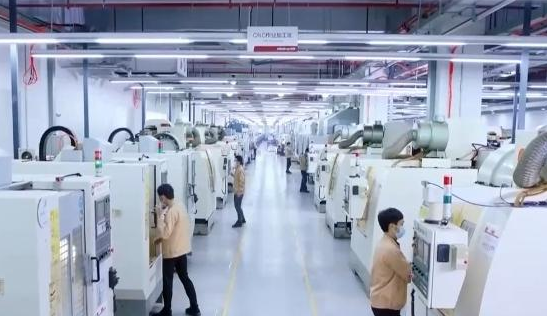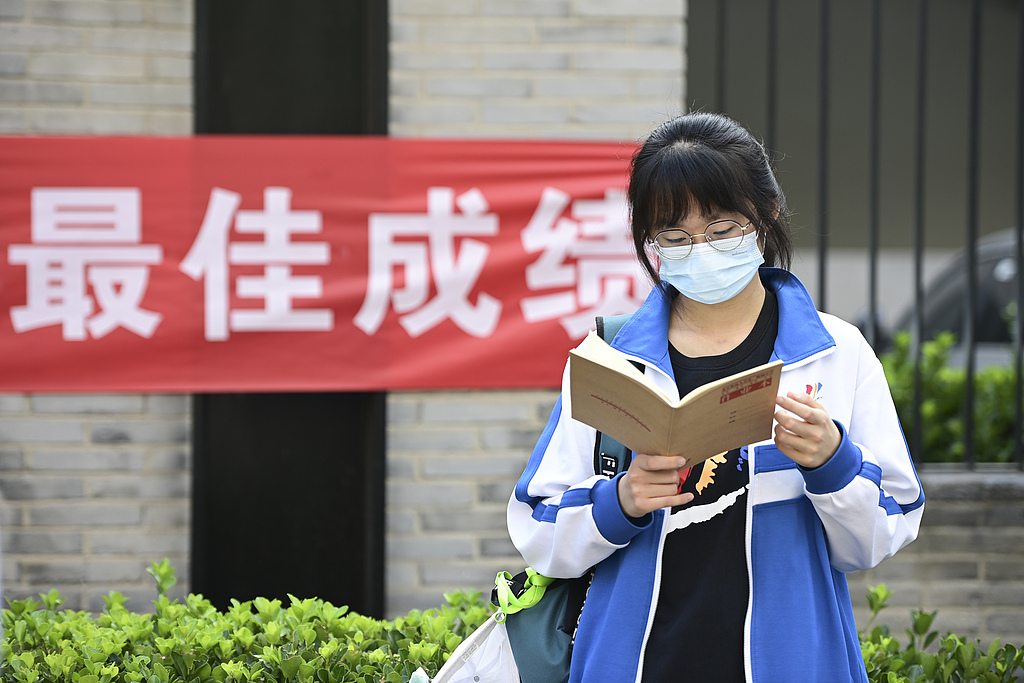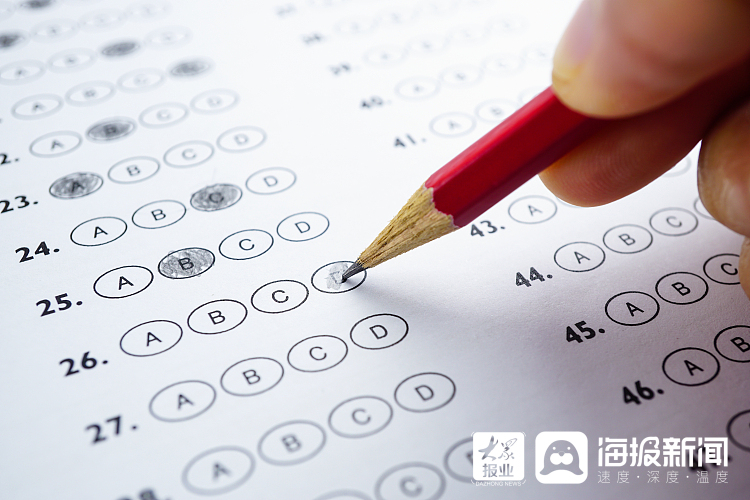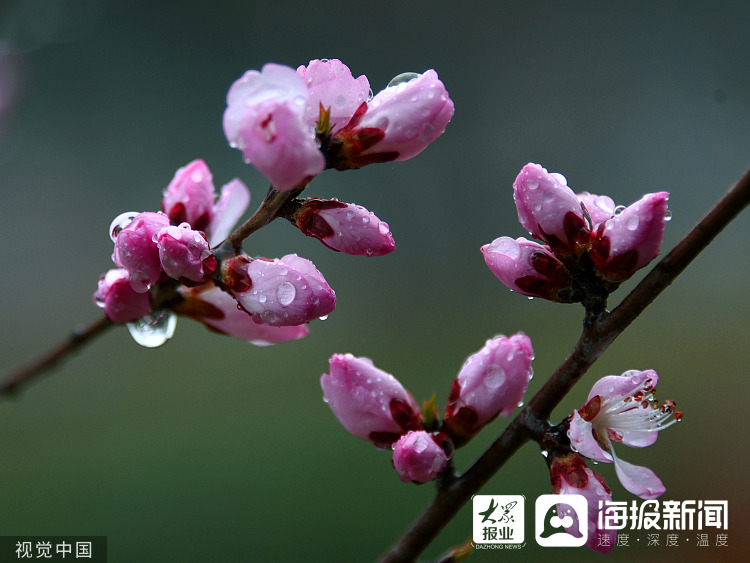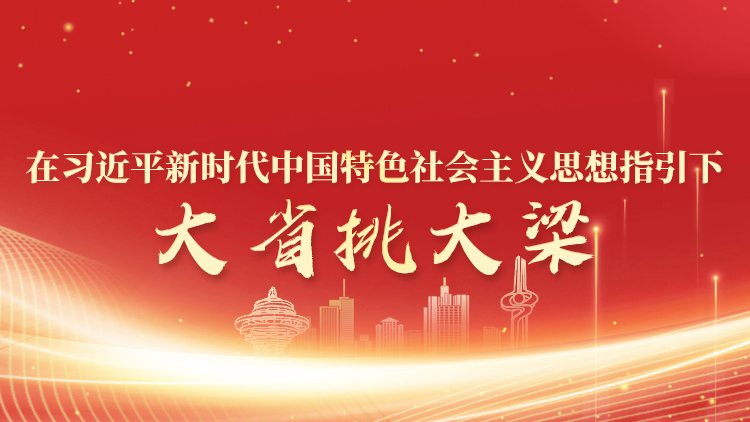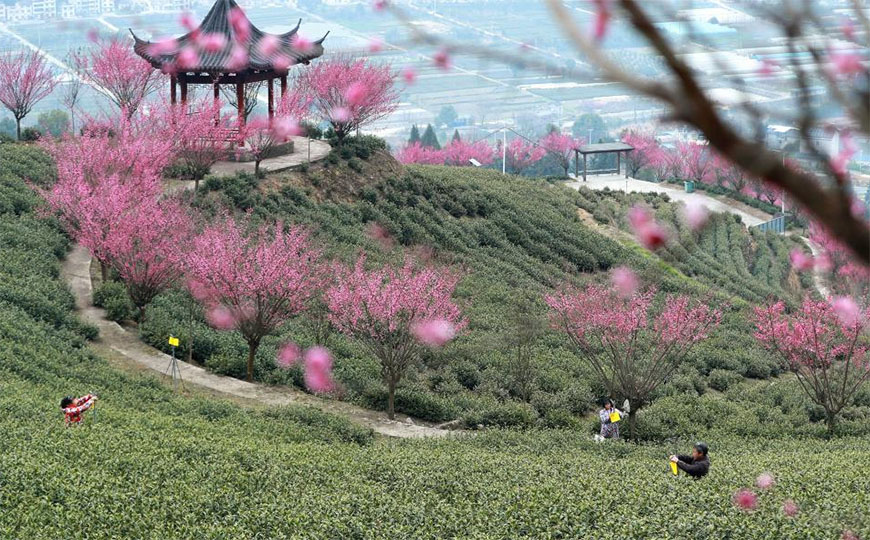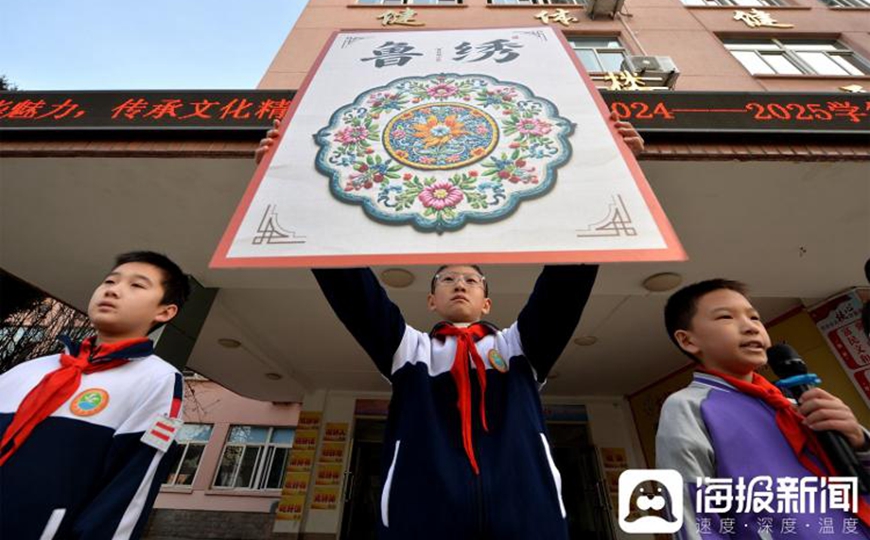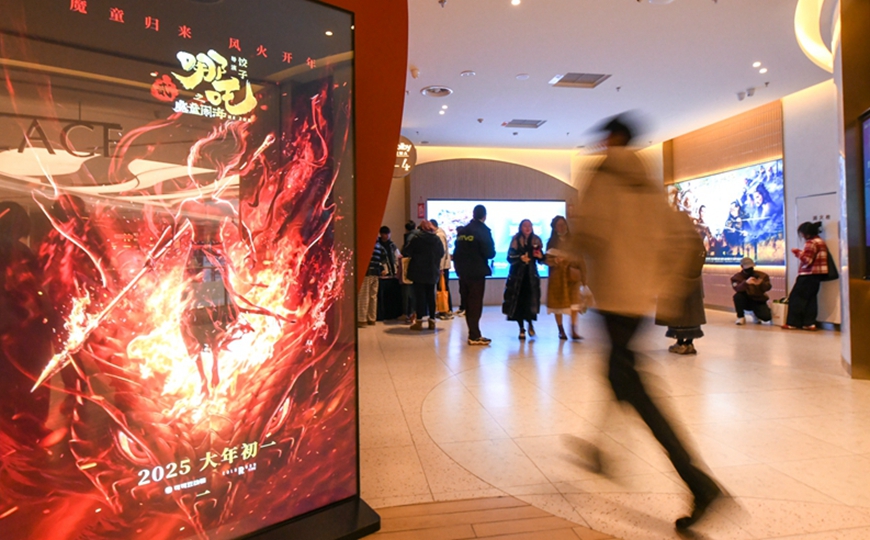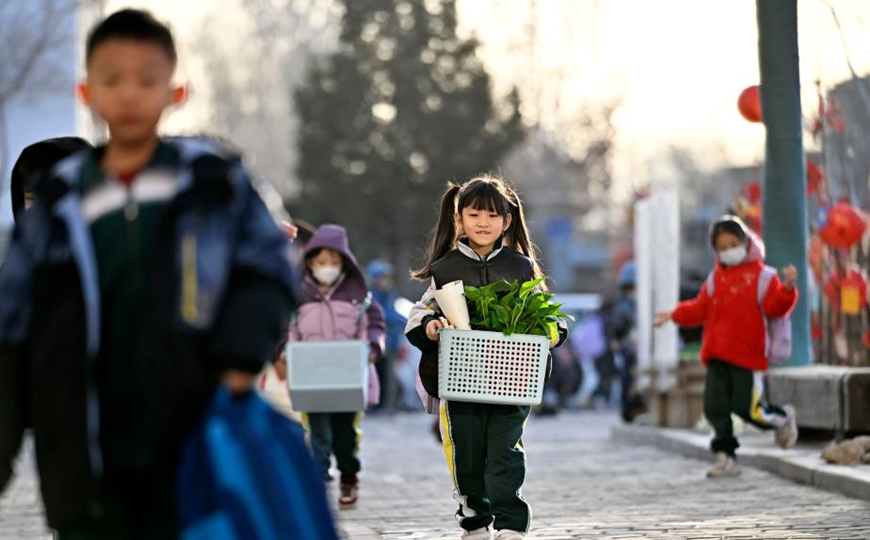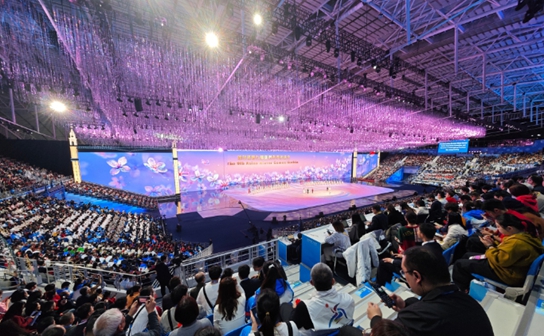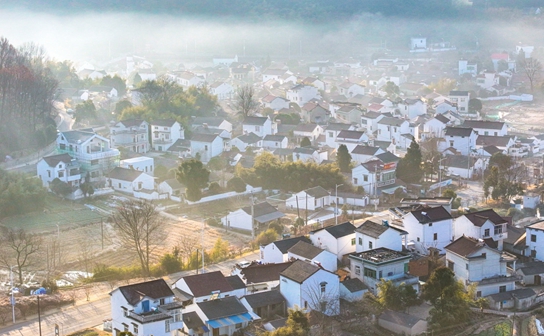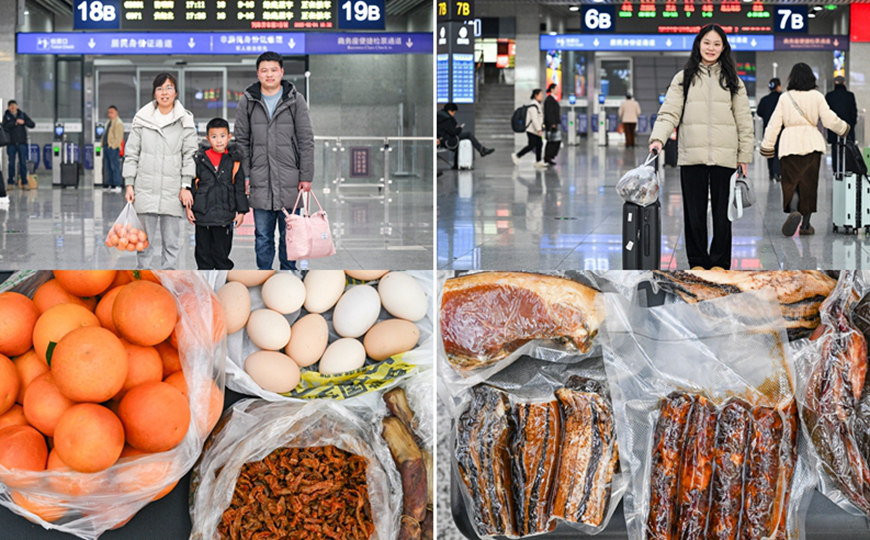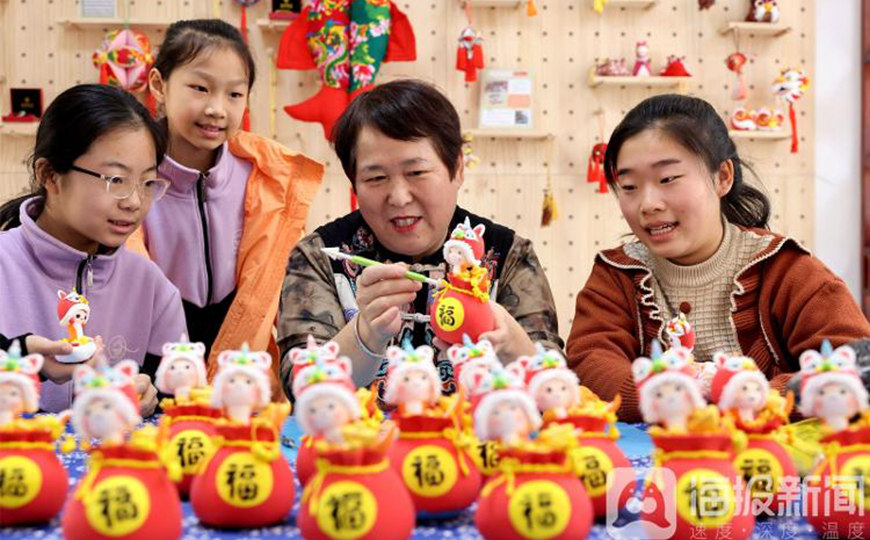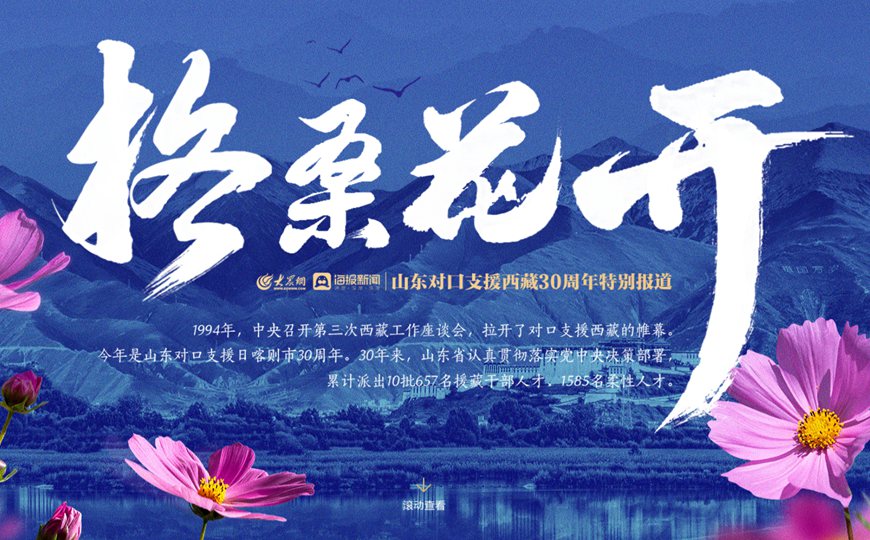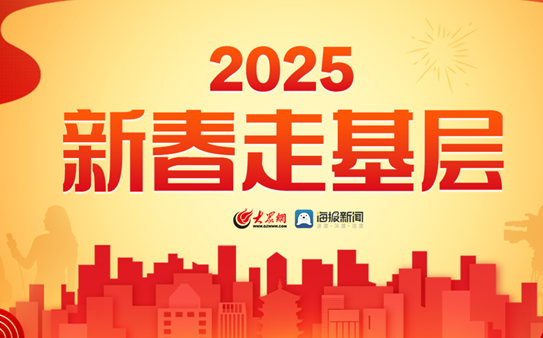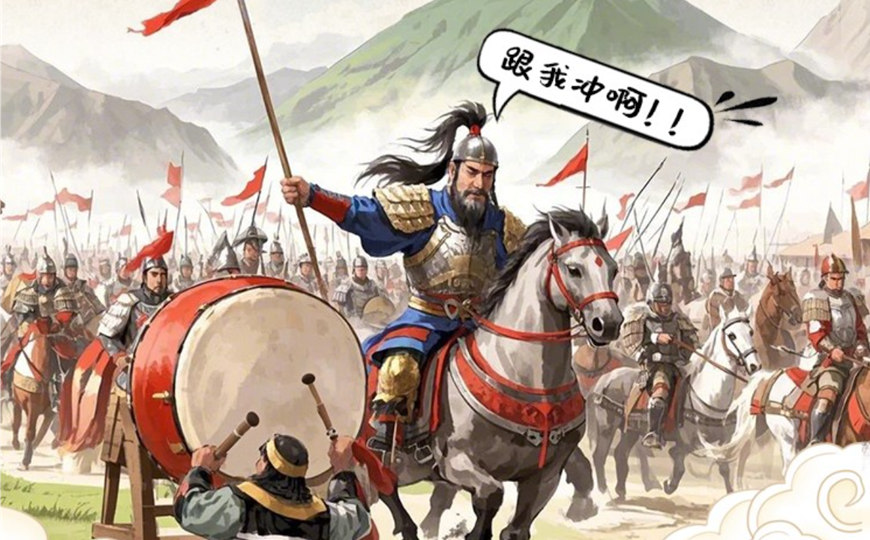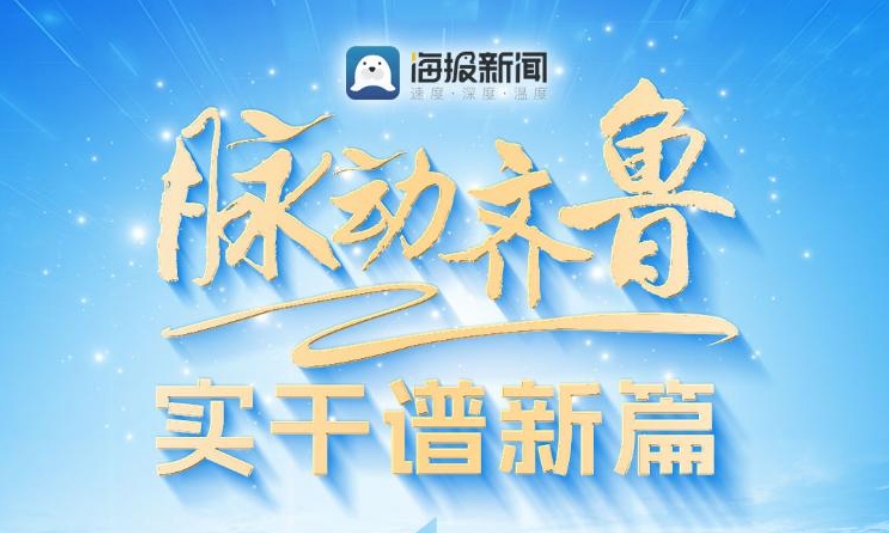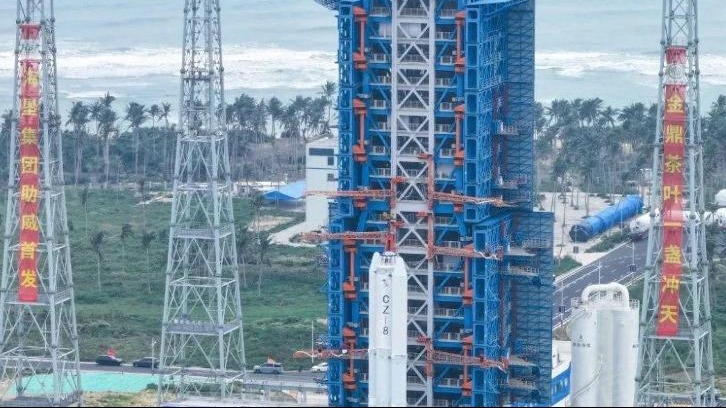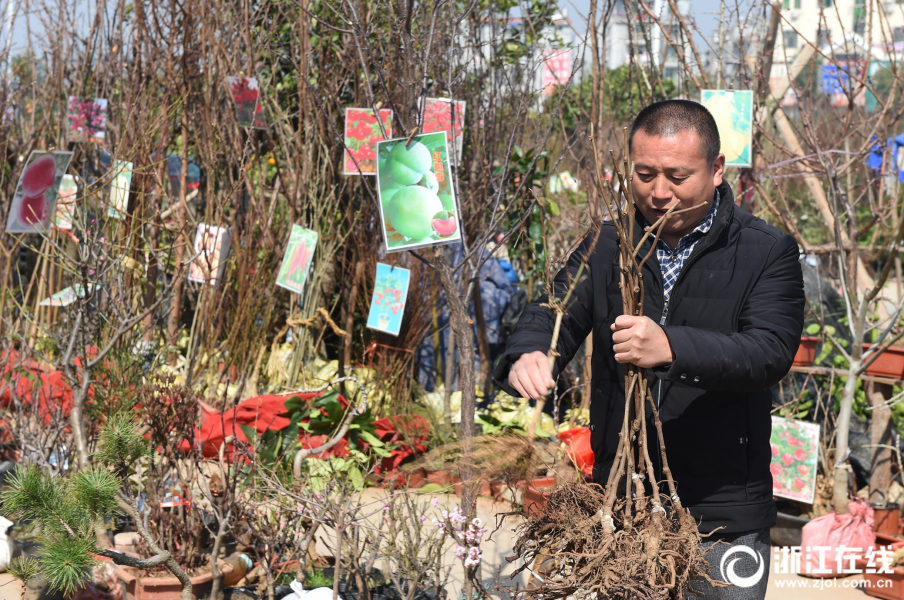
belt and road initiative (BRI) is a significant global development strategy proposed by China in 2013. The initiative aims to enhance connectivity and cooperation across Asia, Africa, and Europe through infrastructure development, trade, and cultural exchanges. The BRI has gained traction globally, with numerous countries participating in various projects. This article explores the significance of the BRI in promoting regional connectivity, fostering economic growth, and strengthening international relations.
One of the key aspects of the BRI is its focus on infrastructure development. By constructing high-quality infrastructure such as roads, railways, ports, and energy pipelines, the initiative aims to bridge gaps between regions and improve connectivity. For instance, the China-Pakistan Economic Corridor (CPEC) under the BRI has significantly boosted connectivity between China and Pakistan, while also benefitting other countries in the region. Enhancing infrastructure not only facilitates trade but also creates job opportunities and promotes sustainable economic development.
Another important dimension of the BRI is its emphasis on trade and economic cooperation. By establishing free trade zones, reducing trade barriers, and promoting investment, the initiative has facilitated seamless trade flows between participating countries. This has led to increased exports, diversified economies, and improved standards of living for people in many BRI nations. For example, the China-Europe Railway, part of the BRI, has revolutionized trade between Asia and Europe, providing a faster and more cost-effective alternative to traditional shipping routes.
Cultural exchange is also a cornerstone of the BRI. The initiative promotes mutual understanding and respect among different cultures by fostering educational, touristic, and cultural exchanges. This has led to the establishment of Confucius Institutes worldwide, which promote Chinese language and culture, as well as other similar initiatives by countries participating in the BRI. Such efforts enhance soft power and build a favorable image of China and other BRI countries on the global stage.
Despite its successes, the BRI faces challenges such as project financing, debt sustainability, and environmental concerns. To address these issues, China has emphasized the importance of sustainable development and environmentally friendly projects. Collaborative efforts with international organizations, such as the United Nations Development Programme (UNDP), are also underway to ensure that BRI projects align with global sustainable development goals.
In conclusion, the Belt and Road Initiative stands out as a transformative initiative that has reshaped global connectivity, trade, and cultural interactions. By prioritizing infrastructure development, economic cooperation, and cultural exchanges, the BRI has created opportunities for participating nations to achieve shared prosperity and regional integration. As the initiative continues to evolve, addressing challenges and fostering partnerships will be crucial for its long-term success and impact.

“投入5000元月入过万” 低成本家庭咖啡馆创业是商机还是泡沫?
封面新闻

人少景美价优,春节后“错峰游”性价比凸显:机票酒店价格“省一半”
澎湃新闻
市场监管总局:鼓励、支持、保护民营企业加快发展
央视新闻

国家电影局发布!《哪吒2》22日起在港澳地区上映
央视新闻客户端

微信接入DeepSeek!网友实测:答案可一键转给朋友和朋友圈
潮新闻
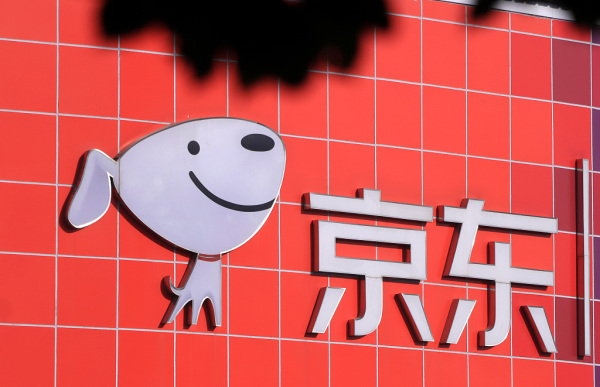
京东推出“打车服务”,此前上线京东外卖
九派新闻综合

再创纪录!《哪吒2》登顶全球动画电影票房榜
央视新闻客户端

小行星或将撞击地球,“中国已开始部署防御”
中国新闻网

俄总统助理乌沙科夫表示,俄美会谈进行得“不错”,双方就所有议题进行了严肃对话
新华社
图片快讯丨2024年中国考古新发现揭晓
新华社














